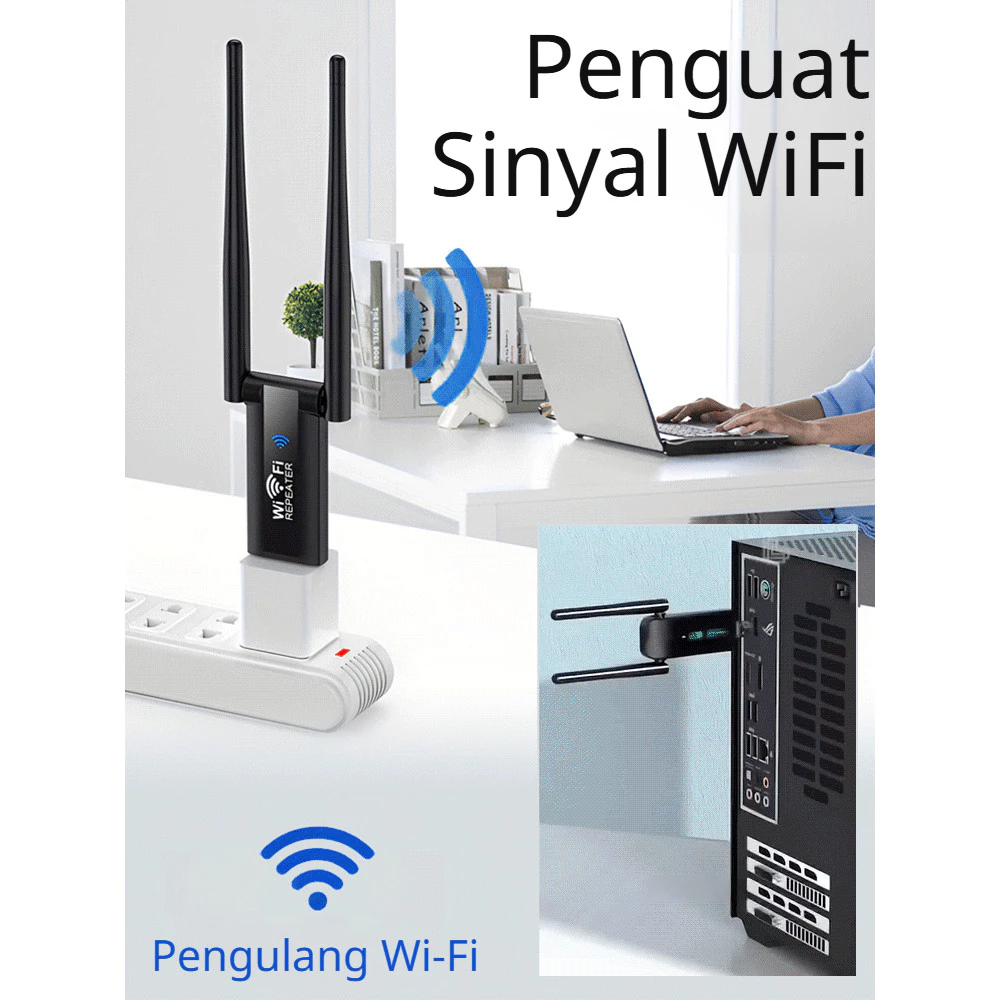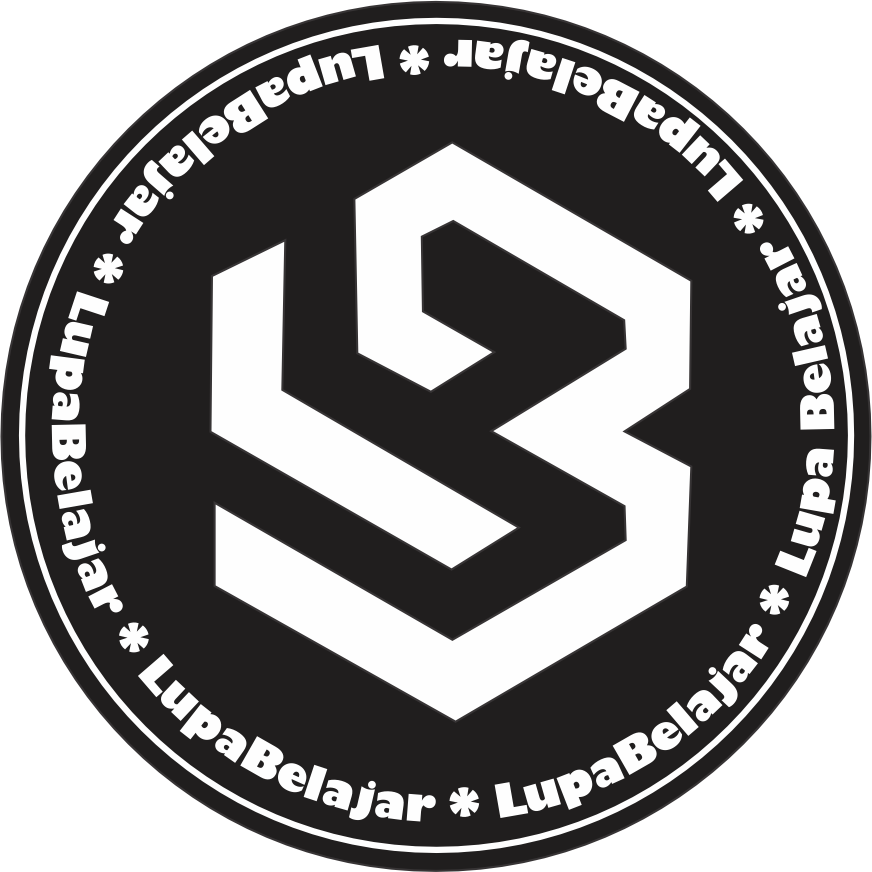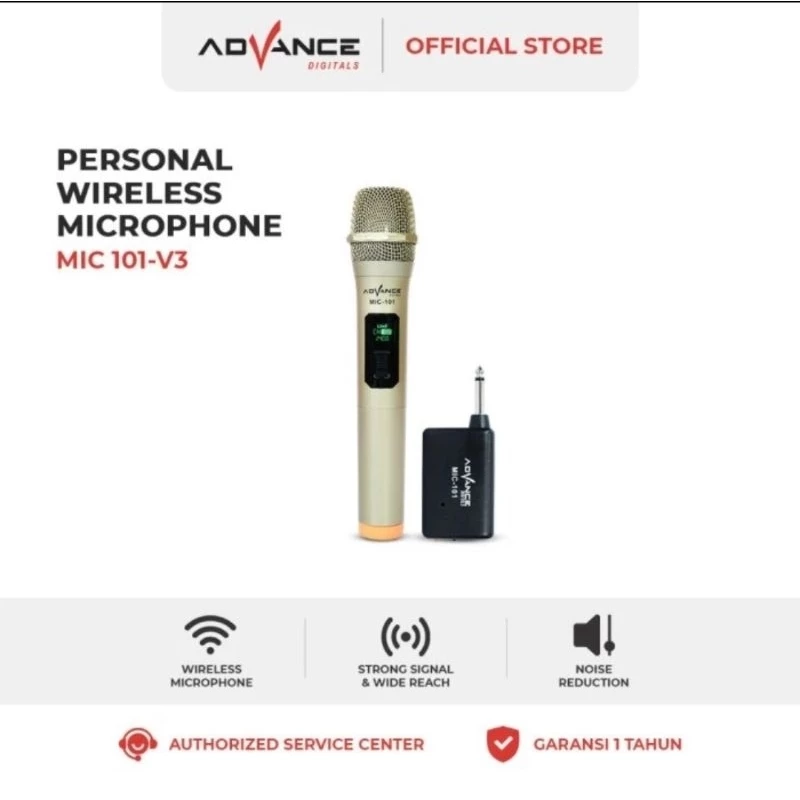
Tips Belajar Efektif di Era Digital
Strategi pembelajaran yang efisien dengan memanfaatkan teknologi modern

Panduan Membuat RPP yang Menarik
Cara mudah menyusun Rencana Pelaksanaan Pembelajaran yang kreatif dan interaktif

Desain Presentasi Pendidikan yang Inspiratif
Membuat slide presentasi yang menarik perhatian dan meningkatkan pemahaman

Teknik Menulis Cerpen untuk Pemula
Langkah-langkah mudah untuk menghasilkan karya sastra yang berkualitas
ACT
ADVANCE CHEMICAL TANKER
BAB IV
HEALTH AND SAFETY PRECAUTION
4.1 Safe Working Practices Including Risk of Assasment and Personel Shipboard Safety Relevant To Chemical Tanker
Safe practices when handling noxious chemical cargo
Chemical tanker procedure
It is essential on chemical tankers that everyone knows his ship’s safety precautions thoroughly prior handling noxious chemical cargo. Also the master/chief officer must assume responsibility for this. Guidelines listed below are for general reference, prudent mariner should also aware of ship specific limitations.
Requirements of MARPOL Annex II for chemical tankers
MARPOL Annex II contains extensive regulations about the loading, carriage and discharge of noxious liquid cargoes, as well as the treatment of cargo residues remaining on board, washing of empty tanks and the final disposal of the contaminated washing medium.
Ship shore safety guideline for handling bulk chemicals
Ships should remain adequately secured in their moorings. Alongside piers or quays, ranging of the ship should be prevented by keeping all mooring lines taut: attention should be given to the movement of the ship caused by wind, currents, tides or passing ships and the operation in progress.
Cargo pump room hazards
On tankers equipped with a cargo pump-room, this is a potentially hazardous enclosed space. Pump alarms and trips, level alarms etc. should be tested regularly, and in any case before commencing cargo handling operations, to ensure that they are functioning correctly. The results of such tests should be recorded.
Cargo hoses handling, connection and use
A modem cargo hose represents skilled engineering and, unless wrongly used, can be relied upon to contain the cargo. Nevertheless, it should always be treated as the weakest link in the cargo containment and transfer system, so correct handling and use of hoses is important.
Cargo handling safety equipments
A breathing apparatus (compressed air type 200 atm) should be kept ready for immediate use if sudden entry into a gas-filled pump room should become necessary. Eye washing bottles available on deck and in pump rooms. Expiosimeter and taximeter available.
Various stages of cargo loading operation
Commencement of loading should be slow and, before the foil loading rate is used, both ship and shore must be satisfied that the lines are correctly set and that there is no leak in the system. At the start of loading, and at regular intervals through out the process, a check should be made that cargo is not leaking anywhere.
Procedure for discharging dangerous chemical cargo at sea - various restrictions
Operation of ships transporting noxious liquid chemicals in bulk, which when accidentally released into the sea horn tank cleaning or deballasting operations may pose a serious threat to marine enviroment and therefore justify the application of special anti pollution measures that need to be considered.
Restriction of radio equipments and other mobile devices in cargo working areas
During medium and high frequency radio transmissions significant energy is radiated, which can create a danger of incendive sparking by inducing an electrical potential in unearthed steelwork. The use of medium or high frequency main radio transmission equipment should therefore be prohibited in port and during ship to ship cargo transfers.
Isolation of cargo tanks and piping systems
When a single parcel of cargo is carried in several tanks served by a common pipeline system, containment within each tank depends upon the tightness of the inlet valve. Due to the pressure differential on either side during sequential loading into or discharge from such tanks, the tightness of a single valve should not be relied upon to prevent the entry or escape of cargo.
Ship shore cargo connection safe method
The connection at the manifold of hoses or metal cargo arms for cargo handling is the primary cargo connection between ship and shore, and it is essential that both parties take proper care preparing for the connection. Flange faces, gaskets and seals used at this point should be clean and in good condition. Minimum standards for hoses are laid down in the IBC Code.
Venting of cargo tanks safety procedure
Ventihg of cargo tanks during cargo transfer or cargo related operations must be carried out in accordance with applicable international, national, port and terminal regulations. Tank vent system outlets are located at a safe distance from all areas where personnel who are not involved in cargo work may be present, to ensure that toxic vapours are diluted to a safe level of concentration before they can reach such an area.
Ship to ship transfer operation
The ship to ship (STS) transfer of cargoes carried on chemical tankers is a frequent operation, and the following section addresses some special safety aspects of the preparations and procedures that may be found necessary for STS operations.
Cargo unloading operation safety precautions
Just prior to commencing discharge the responsible officer should check that the cargo pipeline system is set correctly, that correct valves are open, that valves not being used are closed, and that the cargo venting system is appropriate for the cargo operation.
Liaison between ship and shore
Operations concerning cargo handling, tank cleaning and pre-wash, ballasting and Bunkering require an exchange of information between the ship and terminal before the ship arrives or after arrival.
Ship checks prior to arrival
When approaching a port to load or discharge cargo, there are important checks that be made by the ship in time to allow any necessary work to be done.
Preparing a cargo tank atmosphere
For some cargoes the IBC Code requires vapour spaces within cargo tanks to have specially controlled atmospheres, principally when the cargo is either air reactive resulting in a hazardous situation, or has a low auto-ignition temperature, or has a wide flammability range
Preparation for receiving nitrogen from shore
Care should be taken to ensure that the valves on the loading line between the shore manifold and the ship’s tank are operated the correct sequence, so that the ship is in control of the nitrogen flow. The ship should station a crew member at the loading manifold valve during the operation.
Cargo care during transit
Regular checks on tank contents should be made to detect an unexpected change in liquid level. Cargoes that need cooling or heating must be monitored daily and a temperature log kept. Some cargoes are liable to self-react under certain conditions. Cargoes that may selfreact should be monitored daily in order to detect any abnormal behaviour at an early stage.
Chemical Tanker
International regulations for control of discharge from chemical tankers
Importance of environmental care
The growing importance of environmental care demands that the crews of chemical tankers have a clear understanding of the pollution regulations.
The International Convention for the Prevention of Marine Pollution from Ships 1973, as modified by the Protocol of 1978, known as MARPOL 73/78, is the principal regulation covering protection of the marine environment. MARPOL Annex I covers procedures for control of oil and oil-like substances, such as cargo or fuel, and applies to all ships including chemical tankers.
MARPOL Annex II contains extensive regulations about the loading, carriage and discharge of noxious liquid cargoes, as well as the treatment of cargo residues remaining on board, washing of empty tanks and the final disposal of the contaminated washing medium.
MARPOL Annex II affects all ships carrying noxious liquid cargoes in bulk. All personnel with responsibility for cargo operations on chemical tankers should be aware of the basic requirements of MARPOL, and take care that discharges into the sea never exceed the permitted limits.
Main requirements of MARPOL Annex II
MARPOL Annex II categorises substances posing a threat of harm to the marine environment, with chemicals posing the greatest threat having the most severe controls placed upon their shipment and severe limitations on their discharge into the sea. A principal way of meeting the need to limit discharges to the sea is to reduce the residue that remains within a tank after unloading has been completed.
Every chemical carrier is provided with pumping and piping arrangements specially designed to ensure that each tank designated for the carriage of controlled substances can be emptied io well that the quantity of cargo remaining afterwards is less than the minimum quantity specified in MARPOL. For each tank an initial assessment of the residue quantity has to be made, called a stripping test. The results of this test are recorded, and are used as the basis for the procedures described. Only when the residue is shown to be less than the quantity prescribed by MARPOL Annex II may the tank be approved for the carriage of a controlled substance.
MARPOL then sets requirements for disposal of those residues, usually through dilution and use of shore reception facilities. It then specifies the records that must be kept of cargo work on board. Finally, it makes provision for inspections by authorities to confirm that the ship has complied.
Procedures and Arrangements (P & A) Manual for Each Ship
MARPOL Annex II requires that each chemical tanker be provided with a P & A Manual to achieve compliance with the regulations and to be able to demonstrate that compliance has been considered from the earliest design stage. The format of the P & A Manual and its contents must be as specified in MARPOL Annex II Appendix D, and be approved by the flag administration of the ship. The P & A Manual is concerned with the marine environmental aspects of cleaning of cargo tanks, and the discharge of cargo residues that may or may not be mixed with a washing medium. The results of the stripping test are recorded in it.
Ship’s officers should familiarise them selves thoroughly with the P & A Manual, and adhere at all times to operational procedures with respect to cargo handling, tank cleaning, stop handling, residue discharge, ballasting and deballasting. The master is obliged to ensure that the ship does not discharge into the sea any cargo residues, or mixtures of residue with water, unless such discharges are made in full compliance with the operational procedures contained in the P & A Manual, and that the equipment required by the Manual for such discharge is used.
The P & A Manual, together with the cargo record book and Certificate of Fitness, will be checked by the ship’s own flag administration and by port state control officers in order to confirm full compliance with the requirements of MARPOL Annex II.
It is now recognised that almost any discharge from a ship into the surrounding environment needs to be carefully considered in advance. Not only are chemical cargo residues, only water from machinery room bilges and overboard disposal of garbage strictly regulated, but funnel exhausts and ballast water have now been identified as requiring control.
Air pollution
Control of Ozone Depleting Substances (ODS), such as halogenated hydrocarbon gases, was established internationally in the early 1990s. In 1997, IMO adopted Annex VI to MARPOL, addressing ship’s emissions that are considered to be harmful to the atmosphere, or which can settle on land or into the sea.
Funnel emissions of different oxides in engine and incinerator exhausts are generally not susceptible to daily adjustment by a ship's crew, but will be dependant upon the grade of fuel used and the condition of the engines. However, the crew will be involved in control of cargo vapours by on board techniques, such as vapour return to shore while loading, reducing excess discharge of inert gas, and avoiding unnecessary evaporation of liquid cargo into the atmosphere while cleaning tanks.
Ballast water management
The intent of ballast water management is to minimise the transfer of marine organisme from one geographical region to another. The discharge of ballast water is now known to be responsible for the introduction of alien species into sensitive coastal waters, and the demand for ballast water management is an aspect of quarantine procedures rather than traditional pollution controls. IMO is seeking to encourage establishment of a single regime worldwide, in the manner of other Conventions, so that the present various requirements become standardised.
Cargo hoses for chemical tankers
A modern cargo hose represents skilled engineering and, unless wrongly used, can be relied upon to contain the cargo. Nevertheless, it should always be treated as the weakest link in the cargo containment and transfer system, so correct handling and use of hoses is important. Use and handling may differ from type to type of hose, or by manufacturer. The types of hoses normally encountered are either metallic, composite, PTFE (Poly Tetra Fluor Ethylene) or polypropylene.
A ship’s own cargo hoses are frequently used on board chemical tankers, during loading and discharge of cargo at a terminal, during cargo transfers between ships and during tank cleaning. A ship .should liave on board appropriate manufacturer’s material describing the hoses carried, and specifying any limitations in their use.
Certificates, marking and testing of cargo hoses
A ship’s own cargo hoses must be tested and certified as required. The minimum requirements for the construction and testing of ships' cargo hoses are specified in the MCI Codes. All cargo hoses are required to be designed for a bursting pressure not less than 5 times the maximum pressure that the hose Will be subjected to during cargo transfer operations. New lengths of cargo hose, before being placed in service, should be tested hydrostatically at ambient temperatures to a pressure not less than IX times its specified maximum working pressure, but not more than two fifths of its bursting pressure.
A manufacturer’s test certificate will provide information about the hose’s construction method, its performance range and its nominal sizes. While in service, hoses should regularly be visually inspected, and they should be pressure tested at least annually. Test results should be recorded in a cargo hose condition log book.
Cargo hoses are required to be marked with their specified maximum working pressure, which should not be less than 10 bar gauge. Hoses used in the transfer of cargoes at other than ambient temperature should be marked with the applicable minimum and maximum service temperature range.
Cargo compatibility
Hoses used for the transfer of chemical liquids and vapours during cargo handling operations should be compatitble with the nature and temperature of the chemical, any limitations of the cargo properties and temperatures listed by the hose manufacturer should always be observed.
Handling, connection and use
When a hose is being move about the ship it should always be lifted and carried. It should not be dragged over the ship’s fittings such as pipework or walkways, or rolled in a manner that twists the body of the hose, nor hoisted on a crane or derrick using a single wire strop about its mid-length. Hoses should not be allowed to come into contact with hot surfaces such as steam pipes.
Before connection, cargo hoses should be examined for any possible defects that may be visible inside the hose or on the outer covering. These may include signs of blistering, abrasion, flattening or evidence of leaks. Hoses with any damage should be assessed and a positive decision made on whether they can continue to be used safely. Seriously damaged or leaking hoses should not be used.
Gaskets used between hoses and at the ship’s manifold should be checked for suitability before use. Flanges on both the hose and manifold should be checked for cleanliness and good condition. Bolts and nuts used should be of the correct size and material, with a bolt fitted to every hole in the flange and tightened correctly.
When in use, a cargo hose should be properly supported along its length to avoid excessive bending of the hose or its weight hanging from the manifold connection. This is especially important when significant tidal or draught variations can cause the relative heights of the ship and shore manifolds to alter a great deal, and the hose support to require frequent adjustment. Fendering, stools or chocks can be used to provide support under the hose, particularly at the manifold and at the shipside rail. When a hose is supported from above, bridles and saddles should be used to spread the load, and may require more than one supporting point. A single wire strop should not be used to support a cargo hose near its midlength. Protection should be provided at points along tire hose where chafing or rubbing could occur.
Hoses should not be subjected to pumping pressures that exceed the rated working pressure. If this happens, the hose should be replaced by another, and retested before any further use. After use, hoses should be depressurised and drained before disconnection.
Ship/Shore Insulation, Earthing and Bonding
It is essential that the cargo hose does, not provide the primary path for static electricity between the ship and the jetty, otherwise there is a possibility of a static electricity discharge at the manifold when offering up the hose for connection or when breaking the connection after the cargo transfer. The necessary electrical discontinuity should be achieved with an insulating flange or a single length of non-conducting hose in the hose string between the ship and the shore.
Storage and maintenance
After they have been used for cargo transfer, hoses should be washed out, drained and dried. They should be stored horizontally on solid supports. If hoses are stored in the open, they should be protected from direct sunlight. No attempt should be made on board to repair damaged or leaking hoses.
Ship/shore safety checklist for modern chemical tankers
Cargo loading and unloading operation of seagoing chemical carriers involved numerous critical procedure that need to be precisely monitored. Below Ship/shore check items are described as guidance only.
A naked light or open fire comprises thefollowing: flame, spark formation, naked electric light or any surface with a temperature that is equal to or higher than the minimum ignition temperature of the products handled in the operation. The use of open fire on board the ship, andwithin a distance of 25 metres of the ship, should be prohibited, unless all applicable regulations have been met and agreement reached by the port authority, terminal manager and the master. This distance may have to be extended for ships of a specialised nature, such as gas tankers.
Data diatas merupakan sebagian ketikan ulang format MS. Word dari Modul ACT Politeknik Pelayaran Format MS. Word (BAB IV). Untuk lengkapnya dapat di download pada link dibawah ini:
Ikuti Blog Kami
Disclaimer: Konten di blog ini hanya untuk tujuan edukasi. Pengguna bertanggung jawab atas penggunaan materi yang disediakan.
SHOPEE
Diskon dan Penawaran Khusus

Gushiyuta 3 IN 1 Meremajakan Kulit Alat Pijat Pengencang Kulit Wajah dan Leher dan Mata / Setrika Wajah Alat Perawatan Wajah
Rp 116.523
Belanja Sekarang

Jangkauan 300M²/Anti Lag HFH WiFi Signal Booster - Extender Penguat Sinyal Wireless/Repeater 300Mbps/Stabil Untuk Rumah Kantor
Rp 33.950
Belanja Sekarang

ADVANCE K 1506 K1506 ADVANCE Speaker Portable BLUETOOTH - FREE MIC WERLES 2BH
Rp 1.274.000
Belanja Sekarang
Statistik
- Total Tayangan:





Komentar
Comments
Post a Comment